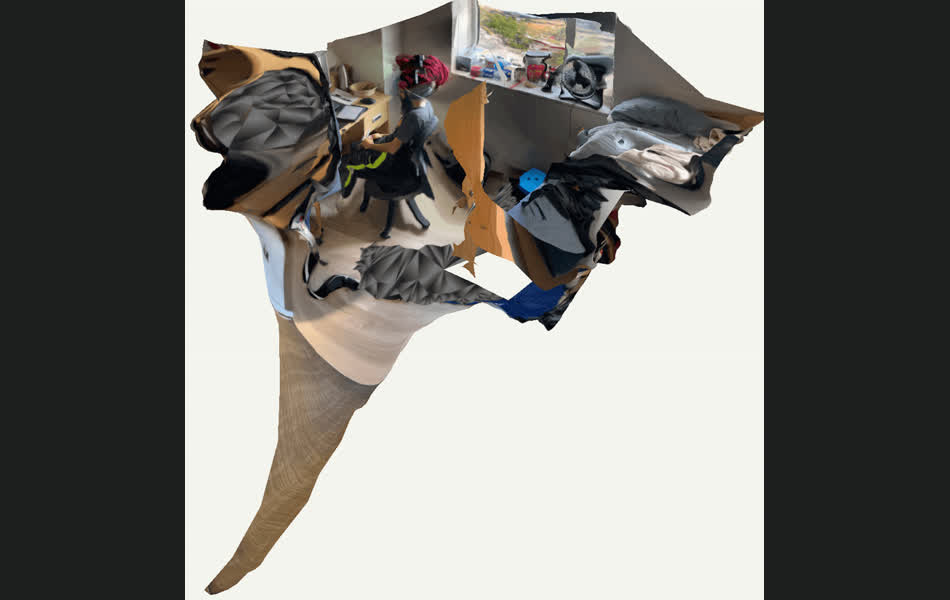Week 3
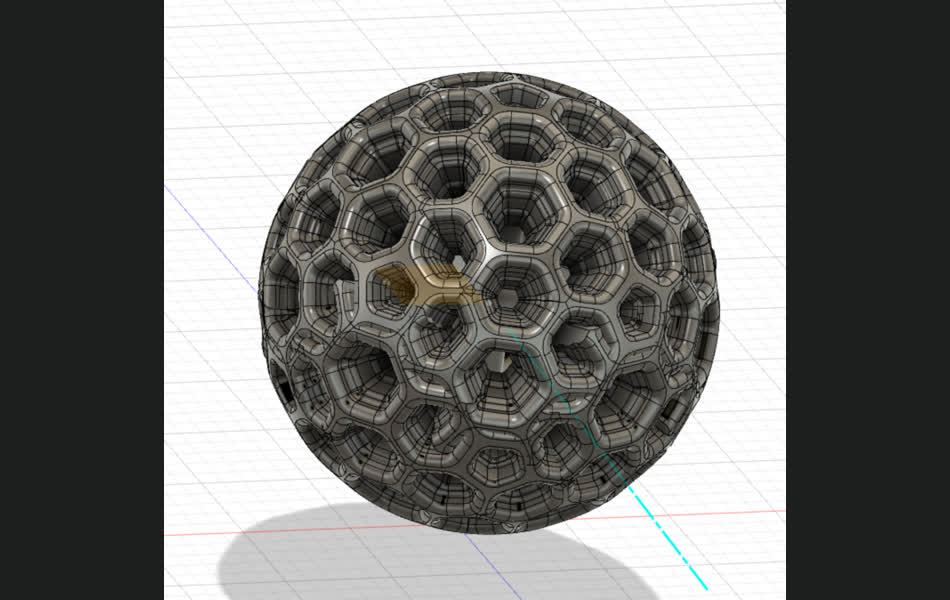
Time for 3D printing! I began by constructing a cool looking model, keeping in mind that we were trying to make something that couldn't be made with subtractive methods. The first thing I thought of was an object within an object, but I wanted everything I modeled to be visible, so I decided to have a hollow, holed object that could be filled with something.
So what about a cool tessellated sphere with another sphere inside of it?!

I began by creating the base hexagonal and trapezoidal shapes that would serve as the tesselation structure for the sphere.
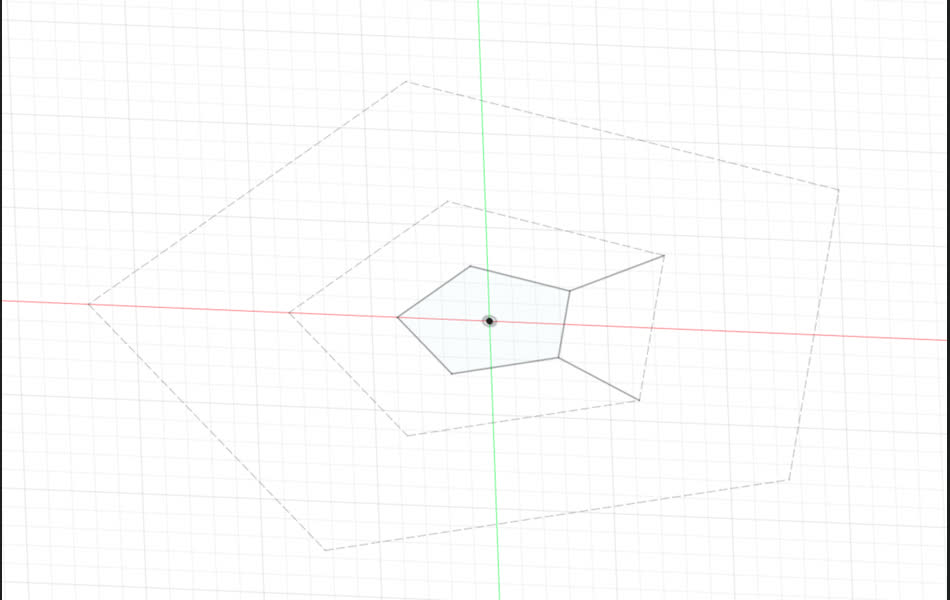
I then took this base face and calculated the vertices necessary to tessellate into a sphere, based on a hexagon.
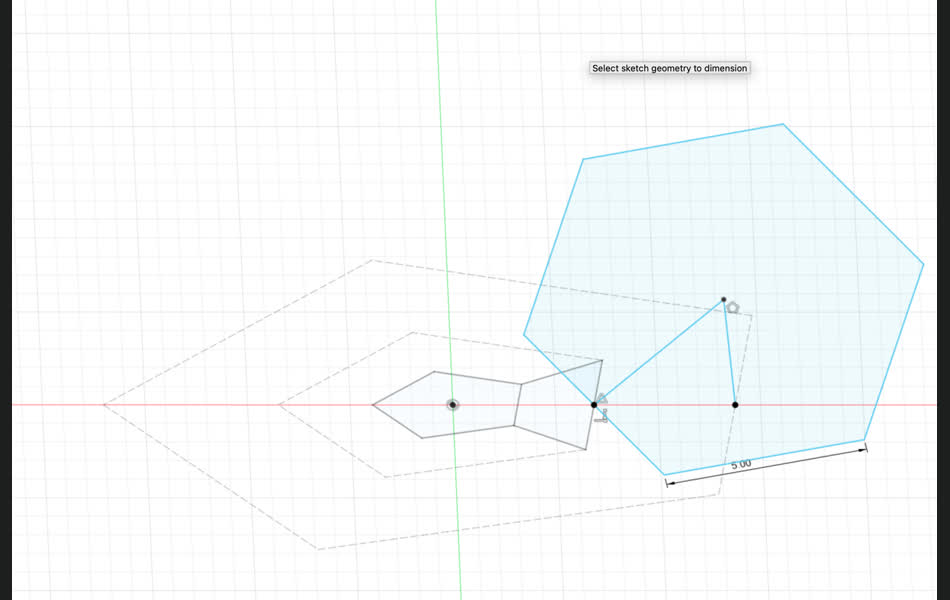
Then, I extruded the faces to create a 3D structure that could be pieced together to form a sphere.
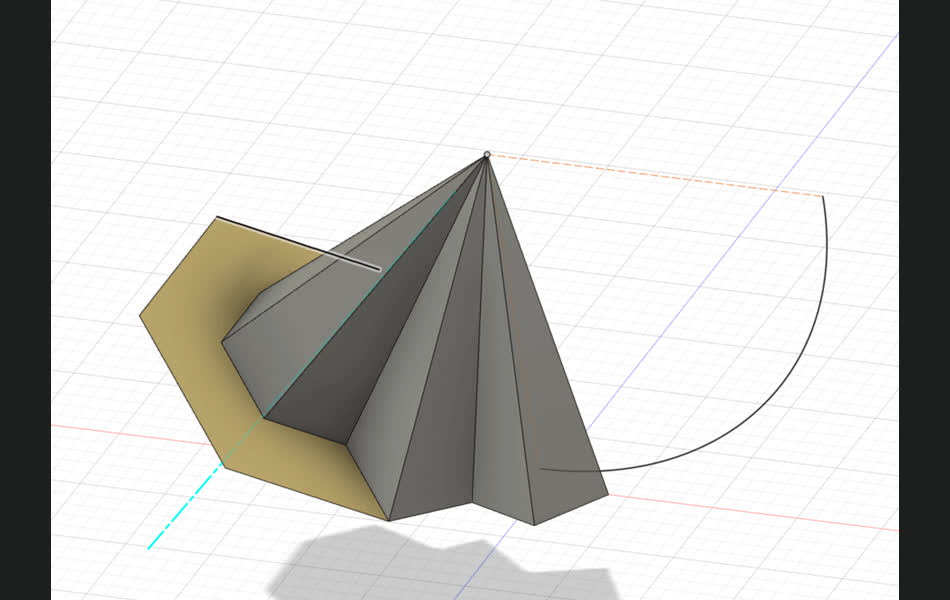
The best way to do this was to actually generate a sphere, and then place the tesselation structure on top of it. This way, I could use the sphere as a guide to make sure that the tesselation structure was in the right place.

To make the tessellation look smoother and more natural, I added different layers to the sphere, along with a gradient to make it look more like a real sphere, but still keeping the honeycomb structure.


Now we can duplicate this base tessellation structure around the entire surface of the sphere to fully cover it with the honeycomb structure - then, we delete the base sphere.
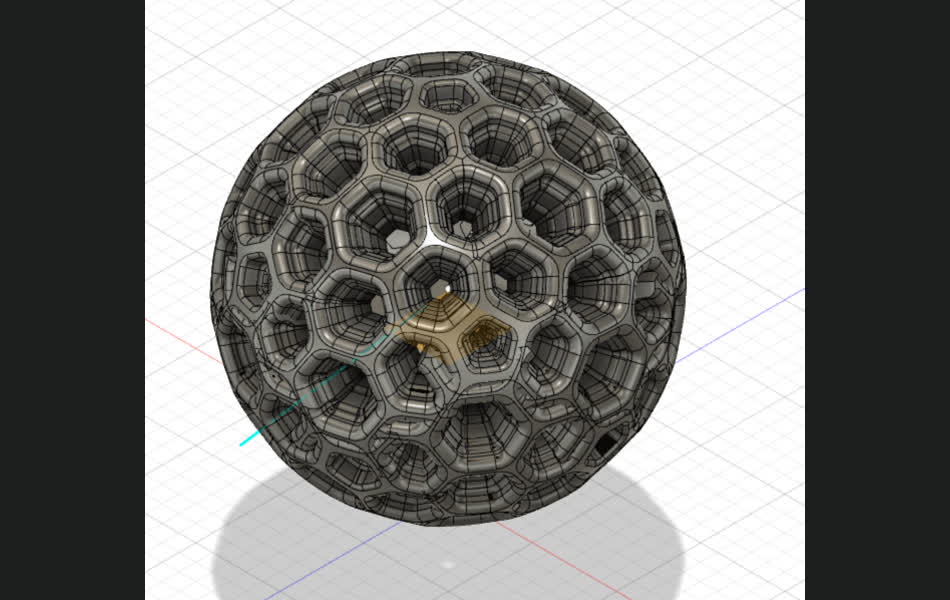
Here we can see a cross-section of the sphere, with the honeycomb structure and the internal sphere which was extruded from within the honeycomb structure.

I sliced and printed it on the Sindoh, and it turned out really well! It's a fun little rolly toy to mess around with :D!

For the 3D scanning portion, I looked into some methods for photogrametry, becasuse the idea of using my smartphone as a scanner seemed super useful and interesting for me - theoretically, I could take any scene or object I was in, snap a few pictures, put it through an aggregation algorithm, and it would return a compiled rendering! That's so cool! I found an open source tool online ot scan working with an online photogrammetry tool (Polycam), but it was a bit of a pain to get it to work, called Meshroom, which made it simple to locally (on a GPU) convert all the disparate images into a nice mesh of the entire room. I tested it on my friend's room, and it worked pretty well (it even managed to properly capture him gaming at his desk)! The attached image looks wonkey because it's still, but in the actual 3D model, it's an nice 3D model of the room that I can rotate and look at from any angle. And all I needed was my phone!
